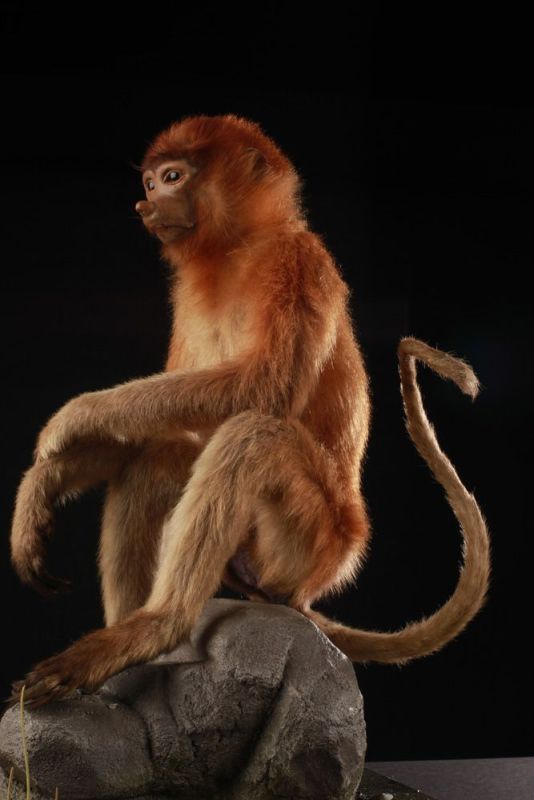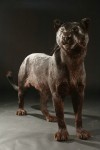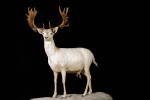Zanzibar red colobus – Piliocolobus kirkii
Zanzibar red colobus – Piliocolobus kirkii
The Zanzibar red colobus, also known as the Kirk’s red colobus, is a species of red colobus monkey endemic to Unguja, the main island of the Zanzibar Archipelago, off the coast of Tanzania. It is now classified as an endangered species
This Old World monkey’s coat ranges from dark red to black, accented with a black stripe along the shoulders and arms and a pale underside. Its black face is crowned with long, white hair, and features a distinguishing pink mark on its lips and nose. Also, the Zanzibar red colobus has a long tail used only for balancing — it is not prehensile. Sexual dimorphism is generally decreased in the species, meaning the females have little difference in their body size and colour from their male counterparts.
The Zanzibar red colobus is found in three forests of the Zanzibar archipelago. It displays a wide habit tolerance, but it is mainly an arboreal species and prefers drier areas over wet ones. Its habitats include coastal thickets and coastal rag scrub, but it can also be found in agricultural areas and in mangrove swamps When found in agricultural areas, the monkey is more used to humans and comes closer to the ground.
Feeding is also a group activity. It begins to feed in the morning and is more active during the cooler parts of the day. Loud calls from males indicate the group is ready to move to another tree to feed. This monkey is mainly a foliovore, and on average, half of the leaves consumed are young leaves. They also eat leaf shoots, seeds, flowers and unripe fruit. It has also been found eating bark, dead wood, and soil.
Males usually reach sexual maturity at about 3 to 3.5 years old, while females reach it at about two years old. Gestation is about 6 months for colobus monkeys and one female has about 1 to 2 new-born every two years.





